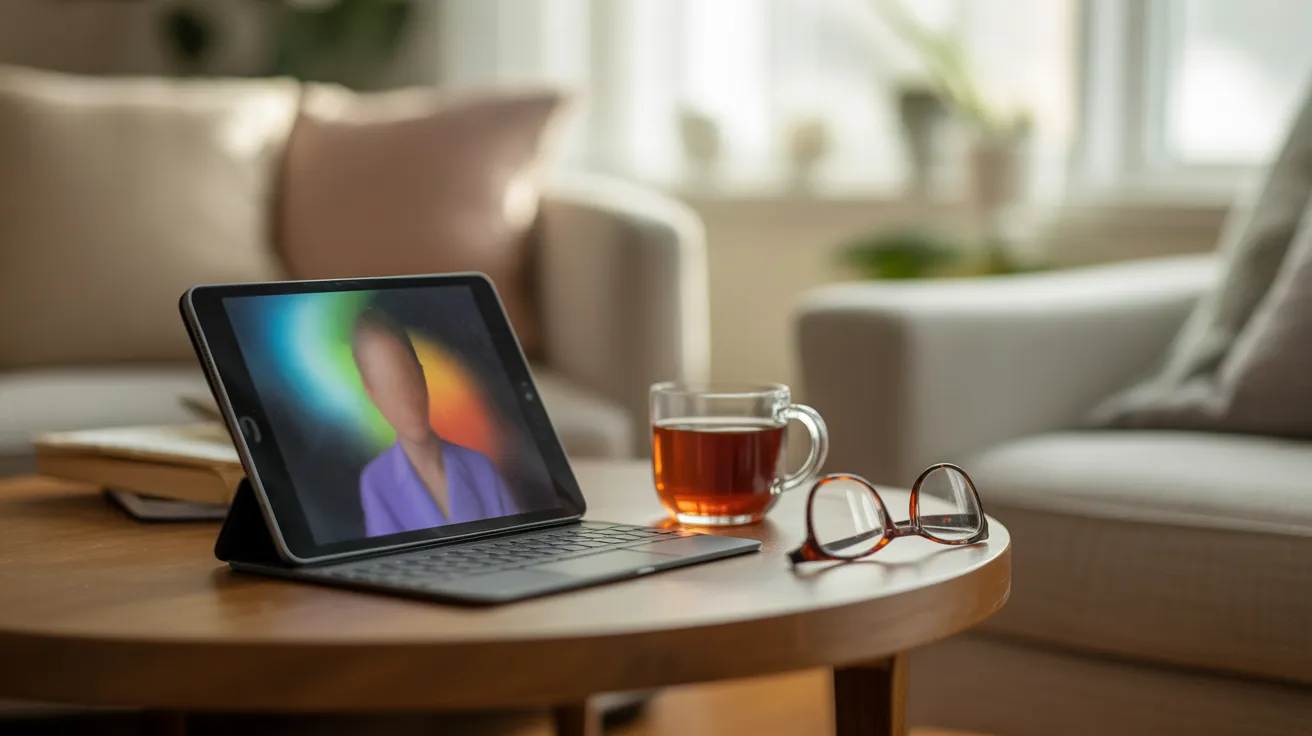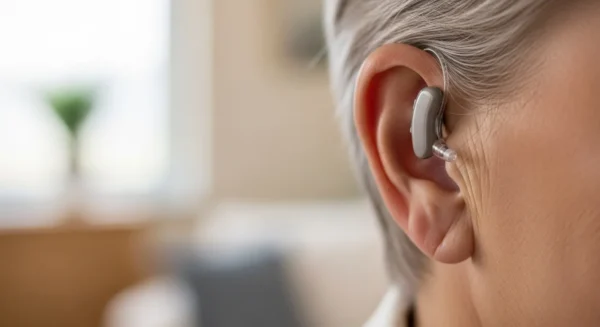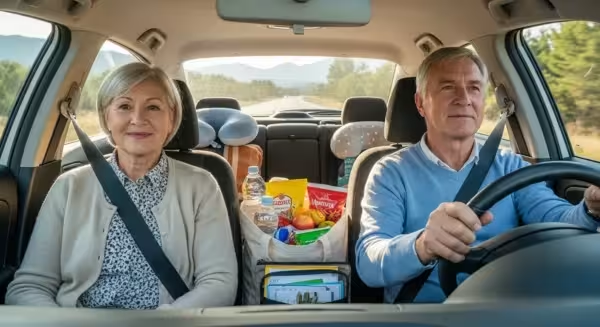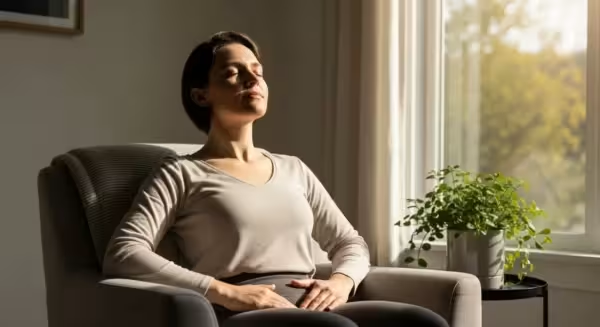
Finding Your Path: Exploring the Options
The sheer number of gadgets, apps, and websites can feel like standing at the base of a mountain with no clear trail. The secret is that you don’t have to climb the whole mountain. You just need to find the one scenic path that leads to a view you want to see. The first and most important step in overcoming tech anxiety is to ignore the noise and ask yourself a simple question: “What do I want to do?”
Your “why” is your compass. Once you have a goal, learning the “how” becomes a much more manageable task. Let’s break down the digital world into a few key areas based on those goals.
For Staying Connected with Loved Ones
This is the most powerful motivator for many of us. The joy of seeing a loved one’s face, not just hearing their voice, is immeasurable. This is the heart of staying connected.
- Smartphones and Video Calls: A smartphone is essentially a pocket-sized key to communication. The primary goal here is learning how to make and receive calls, send texts, and—most importantly—make video calls. Apps like FaceTime (for Apple users), WhatsApp, or Facebook Messenger make it as simple as tapping a contact’s name. Don’t worry about the other hundred apps on the phone; focus on that one video-calling icon first. It will become your best friend.
- Tablets (like an iPad): For many seniors, a tablet is the perfect entry point into the digital world. The larger screen is easier on the eyes, and the touch-screen interface feels more direct and intuitive than a mouse and keyboard. It’s fantastic for sharing photos, reading emails from family, and, of course, those wonderful video calls.
- Social Media (The Gentle Way): Forget the drama you hear about on the news. For you, think of a platform like Facebook as a giant, interactive family photo album and community bulletin board. You can join groups for your high school alumni, your church, or your favorite hobby. It’s a way to see what the grandkids are up to, share your own updates, and feel part of a community without ever leaving your armchair.
For Entertainment, Hobbies, and Lifelong Learning
Your mind is as active as ever, and retirement is the perfect time for digital learning and pursuing passions. Technology can be your personal library, movie theater, and classroom.
- Streaming Services: Think of Netflix, Hulu, or Amazon Prime Video as a video store where you never have to worry about late fees. You can watch classic movies, fascinating documentaries, and popular TV shows whenever you want.
- YouTube: This is one of the most powerful learning tools ever created, and it’s completely free. You can find a video to teach you anything: how to properly prune your rose bushes, a tutorial on watercolor painting, a guided chair yoga session, or how to fix that pesky running toilet. If you want to learn it, someone has made a video about it.
- E-readers and Audiobooks: If your eyesight makes reading small print a challenge, an e-reader like a Kindle is a game-changer. You can make the font as large as you need. Or, with a service like Audible, you can listen to books while you garden, cook, or go for a walk. The library can now travel with you.
For Convenience and Everyday Life
This is where technology can truly simplify things, reducing stress and saving you time and trips.
- Online Banking and Shopping: The idea can be scary at first, but it is incredibly secure on reputable sites. Paying a bill online takes thirty seconds and saves you a check and a stamp. Ordering groceries or a birthday gift to be delivered to your door can be a lifesaver on days when you don’t feel like going out.
- Telehealth Appointments: More and more doctors are offering video appointments for routine check-ins and consultations. Learning how to use this service can save you a trip to the doctor’s office, which is a huge convenience.
- Smart Home Assistants: A device like an Amazon Echo (Alexa) or Google Home might seem futuristic, but think of it as a helpful, voice-activated assistant. You can ask it to play your favorite music from the 1960s, set a timer for the cake in the oven, get the weather forecast, or create a shopping list—all just by using your voice.















